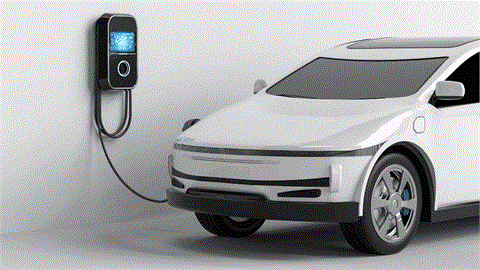Energy expenditures in the U.S. declined in 2016 for the fifth consecutive year, the country's Energy Information Administration (EIA) said in a statement on Wednesday.
Total energy expenditures, which is the amount of money spent to consume energy, decreased each year since 2011 and retreated to $1 trillion in 2016, a 9 percent fall in real terms from 2015. Adjusted for inflation, total energy expenditures in 2016 were also the lowest since 2003, the EIA said.
When gross domestic product (GDP) is taken into account, total energy expenditures in the U.S. constituted 5.6 percent of GDP in 2016 -- the lowest since at least 1970, it added.
The EIA said decline in total U.S. energy expenditures in 2016 was "entirely attributable to lower energy prices, as total energy consumption has remained virtually unchanged since 2013."
Average energy price in U.S. was $15.92 per million British thermal units (Btu) in 2016. It had reached its highest point on record in 2008, when it averaged $24.13 per million Btu, according to the EIA. "The U.S. total energy price is calculated as the consumption-weighted average prices of all energy sources consumed in each of the four end-use sectors: transportation, industrial, residential, and commercial," it said.
Transportation and industrial sectors are the two largest end-use consuming sectors, which also account for most of the petroleum product consumption in the U.S.
Expenditures on electricity were also relatively low in 2016 compared to previous years, and made up 74 percent of residential expenditures, 80 percent of commercial expenditures, and 37 percent of industrial expenditures.
Among the U.S. states, Louisiana had the highest energy expenditures per GDP with 11.1 percent in 2016, the EIA said, adding "Louisiana’s large industrial sector consumption, which includes its energy-intensive petrochemical industry, contributes to the state’s relatively high ratio."
The District of Columbia and New York had the lowest energy expenditures per GDP in 2016, with 1.6 percent and 3.3 percent, respectively, according to the EIA. "This reflects relatively high consumption in less energy-intensive residential and commercial sectors as well as relatively high state GDP," the statement said.



